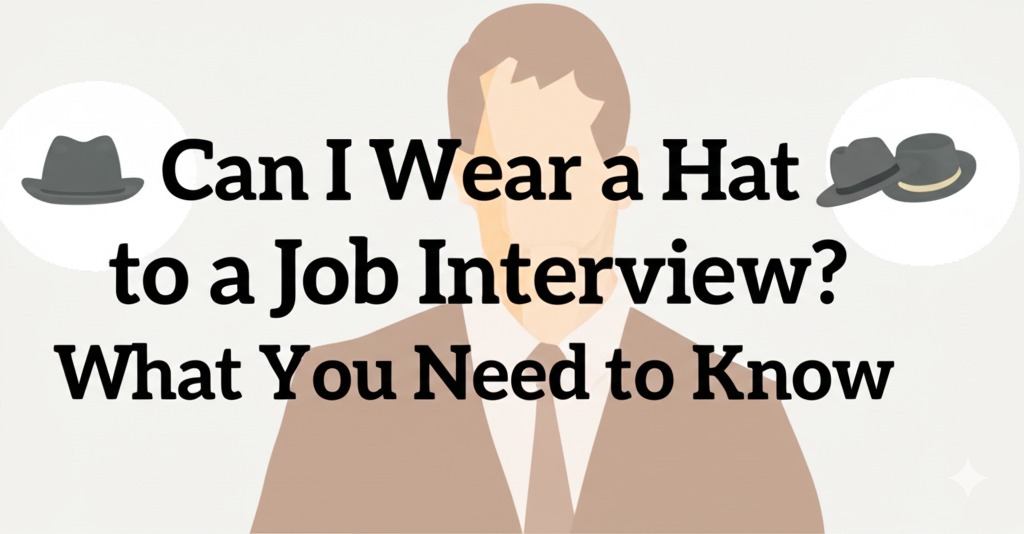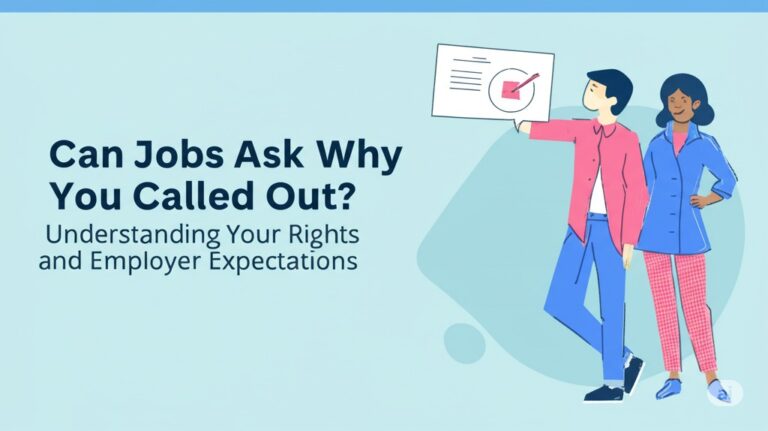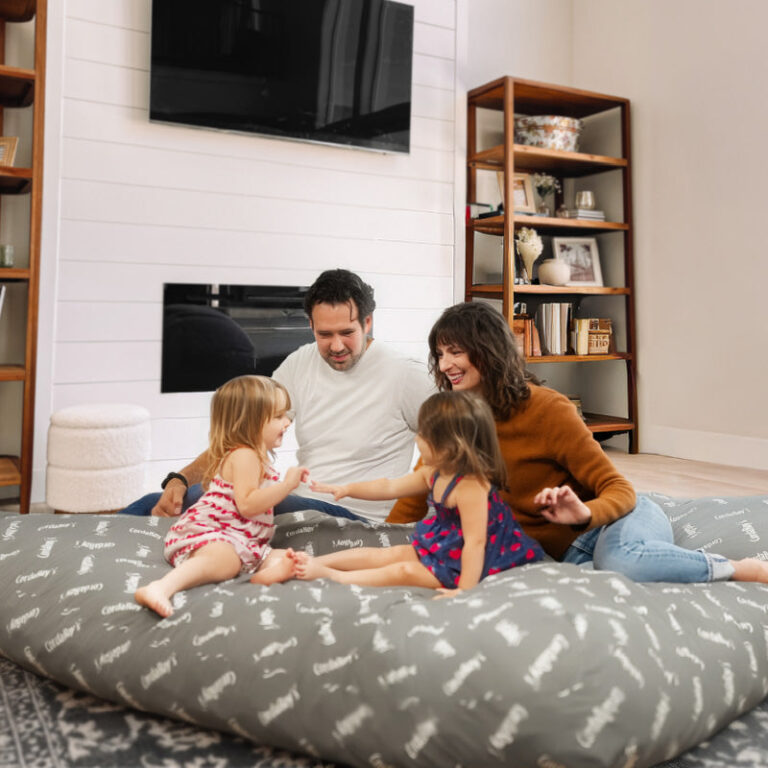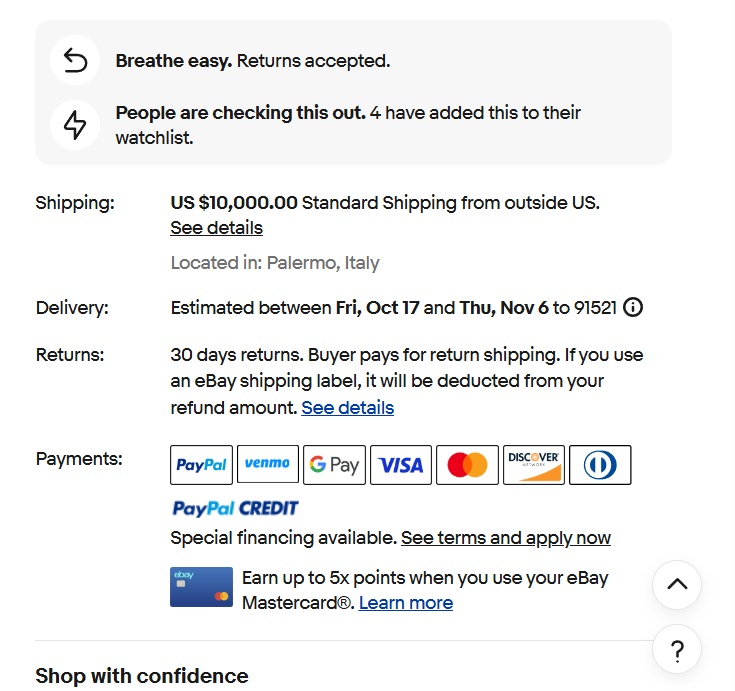
When preparing for a job interview, most of us focus on polishing our resume, practicing answers to common questions, and researching the company. But what about your interview attire? More specifically—can you wear a hat to a job interview? It might seem like a small detail, but your appearance plays a big role in forming first impressions.
In this article, we’ll explore the etiquette of wearing a hat to an interview, when it might be acceptable, and how to make the right decision based on the job and company culture. Whether you’re considering a stylish accessory or wearing a hat for personal reasons, here’s what you need to know.
Why Your Appearance Matters in a Job Interview
First impressions are formed quickly—within the first few seconds of meeting someone. In a job interview, your attire can signal professionalism, attention to detail, and how well you understand the company’s culture.
- Dressing appropriately shows respect for the interview process.
- Your outfit helps communicate that you’re a good fit for the company.
- Employers often expect candidates to look polished and professional.
While a hat might be a personal style choice, it can be perceived as too casual or distracting in formal settings.
General Guidelines: Should You Wear a Hat?
In Most Cases, Avoid Wearing a Hat
Unless there’s a specific reason, it’s generally best not to wear a hat to a job interview. Here’s why:
- Hats can be seen as informal, especially in corporate or professional environments.
- They may cover your face or eyes, making it harder to establish a connection.
- Some hiring managers may view hats as a sign of poor etiquette.
Exceptions may apply, but if you’re unsure, it’s safer to leave the hat at home.
When Wearing a Hat May Be Acceptable
There are a few scenarios where wearing a hat might be completely appropriate—or even necessary:
1. Religious or Cultural Reasons
If your hat is part of your religious attire (such as a yarmulke, turban, or hijab), it is absolutely appropriate and should be worn with confidence. Employers are required to accommodate religious dress under discrimination laws.
2. Medical Reasons
If you’re undergoing medical treatment (such as chemotherapy) or have a health condition that necessitates head coverage, wearing a hat is completely understandable. It’s not something you need to explain unless you feel comfortable doing so.
3. Creative or Fashion Industries
In certain fields like fashion, music, or art, personal style is often celebrated. If the job you’re applying for values individual expression, a stylish hat could enhance your image—provided it’s tasteful and aligns with the company’s vibe.
How to Decide: A Quick Checklist
If you’re still wondering whether to wear a hat, consider the following checklist:
✔ What’s the industry?
Corporate roles are typically more conservative, while creative fields may be more flexible.
✔ What’s the company culture?
Check the company’s website, social media, or Glassdoor reviews for insight into how employees dress.
✔ Is the interview in-person or virtual?
On-camera interviews require good lighting and clear visibility of your face. A hat could cast shadows or become a distraction.
✔ Can you remove the hat easily?
If you’re wearing it for style and not necessity, consider removing it upon entering the interview space.
Alternatives to Hats: Looking Sharp Without the Risk
If you’re trying to cover up a bad hair day or feel more confident with something on your head, consider these alternatives:
- Get a quick haircut or trim before the interview.
- Use a neat hairstyle or simple accessories like hair clips or a headband.
- Choose professional clothing that boosts your confidence without drawing unnecessary attention.
Remember, confidence comes from how you present yourself—not just what you wear.
Final Thoughts: When in Doubt, Go Without
So, can you wear a hat to a job interview? Unless it’s for religious, cultural, or medical reasons—or the industry encourages self-expression—it’s best to avoid it.
Your goal in an interview is to present yourself as a capable, professional, and polished candidate. Choosing attire that aligns with that image—including leaving the hat at home—can help you make the right impression.

Andre Cuevas provides career insights, job search strategies, and professional advice to help individuals navigate the job market and achieve their career goals.






